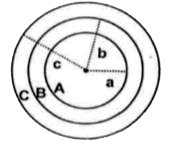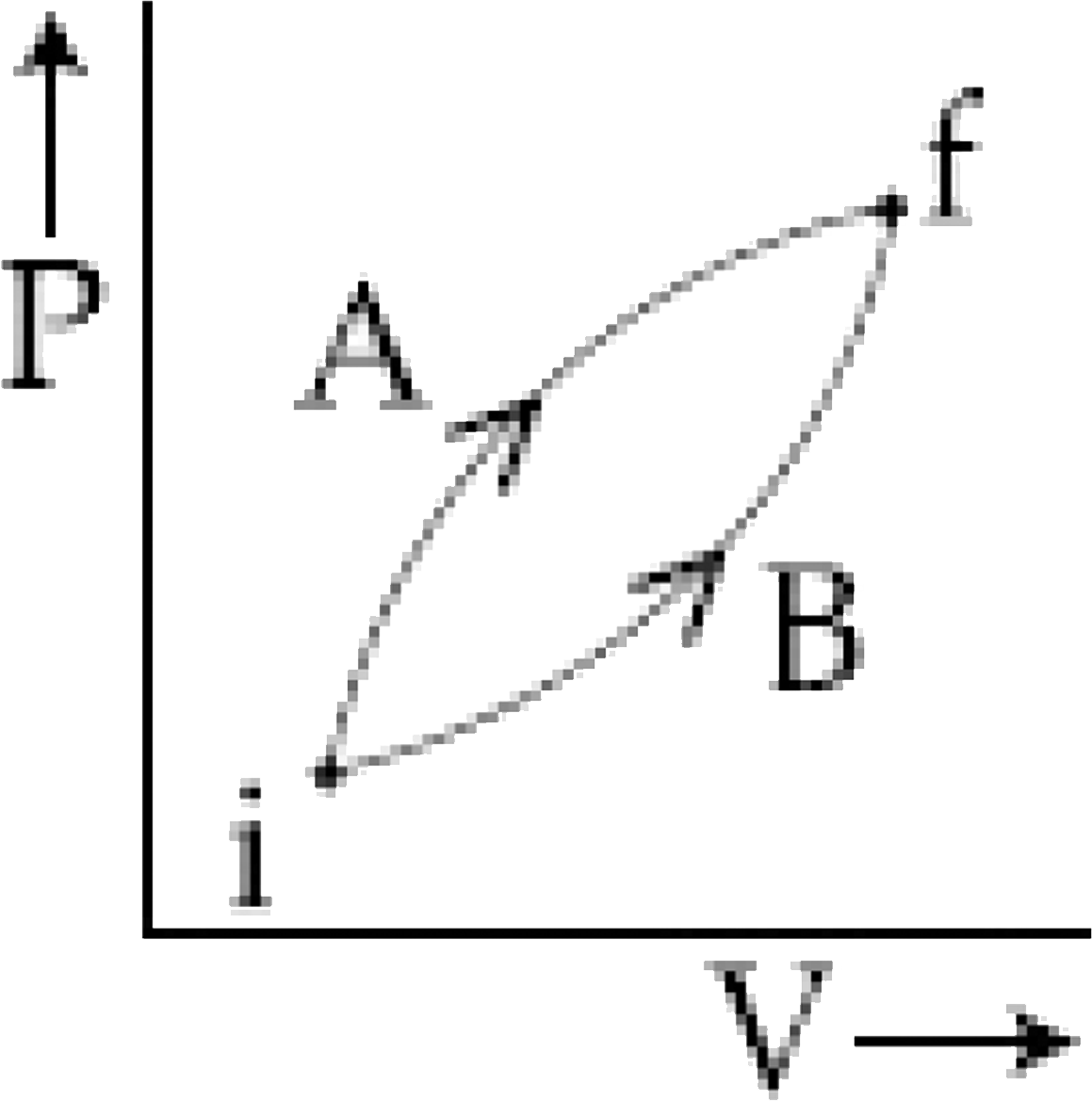In a nuclear fusion reaction, two nuclei, A & B , fuse to produce a nucleus C , releasing an amount of energy ΔE in the process.If the mass defects of the three nuclei are ΔMA,ΔMB & ΔMC respectively , then which of the following relations holds ? Here, c is the speed of light.
ΔMA+ΔMB=ΔMC−ΔE/c2
ΔMA+ΔMB=ΔMC+ΔE/c2
ΔMA−ΔMB=ΔMC−ΔE/c2
ΔMA−ΔMB=ΔMC+ΔE/c2
The correct Answer is:a
To solve the problem, we need to understand the relationship between mass defect and energy in nuclear reactions. The mass defect is the difference between the mass of the reactants and the mass of the products. In a fusion reaction, the mass defect can be related to the energy released using Einstein's mass-energy equivalence principle, which is given by the equation:
E=Δm⋅c2
Where:
- E is the energy released,
- Δm is the mass defect,
- c is the speed of light.
1. Identify the Mass Defects:
- Let ΔMA be the mass defect of nucleus A.
- Let ΔMB be the mass defect of nucleus B.
- Let ΔMC be the mass defect of nucleus C.
2. Write the Fusion Reaction:
- The fusion reaction can be represented as:
A+B→C
3. Apply the Mass-Energy Equivalence:
- The total mass defect before the reaction (for nuclei A and B) is:
ΔMtotal=ΔMA+ΔMB
- The mass defect after the reaction (for nucleus C) is:
ΔMC
4. Relate the Energy Released to Mass Defect:
- The energy released in the fusion reaction is given by the difference in mass defects:
ΔE=(ΔMA+ΔMB−ΔMC)⋅c2
5. Rearranging the Equation:
- From the above equation, we can derive the relation:
ΔMA+ΔMB=ΔMC+ΔEc2
Conclusion:
Thus, the relation that holds in this nuclear fusion reaction is:
ΔMA+ΔMB=ΔMC+ΔEc2
- E is the energy released,
- Δm is the mass defect,
- c is the speed of light.
- Let ΔMA be the mass defect of nucleus A.
- Let ΔMB be the mass defect of nucleus B.
- Let ΔMC be the mass defect of nucleus C.
- The fusion reaction can be represented as:
A+B→C
- The total mass defect before the reaction (for nuclei A and B) is:
ΔMtotal=ΔMA+ΔMB
- The mass defect after the reaction (for nucleus C) is:
ΔMC
- The energy released in the fusion reaction is given by the difference in mass defects:
ΔE=(ΔMA+ΔMB−ΔMC)⋅c2
- From the above equation, we can derive the relation:
ΔMA+ΔMB=ΔMC+ΔEc2
Thus, the relation that holds in this nuclear fusion reaction is:
ΔMA+ΔMB=ΔMC+ΔEc2
Topper's Solved these Questions
- NUCLEIBOOK - NCERT FINGERTPS ENGLISHCHAPTER - NUCLEIEXERCISE - HOTS
7 Videos
- NUCLEIBOOK - NCERT FINGERTPS ENGLISHCHAPTER - NUCLEIEXERCISE - EXEMPLAR PROBLEMS
7 Videos
- MOVING CHARGES AND MAGNETISM BOOK - NCERT FINGERTPS ENGLISHCHAPTER - MOVING CHARGES AND MAGNETISM EXERCISE - Assertion And Reason
15 Videos
- PRACTICE PAPPERBOOK - NCERT FINGERTPS ENGLISHCHAPTER - PRACTICE PAPPEREXERCISE - Practice Paper 3
50 Videos
Similar Questions
Knowledge Check
Assertion : In a nuclear process mass gets converted into energy.
Reason : According to Einstein's mass energy equivalence relation, mass m is equivalent to energy E, given by the relation E=mc2 where c is the speed of light in vacuum.AIf both assertion and reason are true and reason is the correct explanation of assertion.BIf both assertion and reason are true but reason is not the correct explanation of assertion.CIf assertion is true but reason is false.DIf both assertion and reason are false.
Three concentric charged metallic spherical shells A, B and C have radii a,b and c, charge densities σ,−σ and σ and potentials VA,VB and VC respectively. Then which of the following relations is correct?

View Solutiona, b, c are the first three terms of geometric series. If the H.M. of a and b is 12 and that of b and c is 36 then which of the following hold(s) good?
View SolutionThe source of energy of stars is nuclear fusion. Fusion reaction occurs at very high temperature, about 107. Energy released in the process of fusion is due to mass defect. It is also called Q-value. Q=Δmc2,Δm= mass defect.
Fusion reaction takes place at about
View SolutionThe source of energy of stars is nuclear fusion. Fusion reaction occurs at very high temperature, about 107. Energy released in the process of fusion is due to mass defect. It is also called Q-value. Q=Δmc2,Δm= mass defect.
Mass equivalent to the energy 931MeV is
View Solution(a) Write one nuclear fusion reaction.
(b) State the approximate value of energy released in the reaction mentioned in part (a).
(c ) Give reason for the release of energy stated in part (b).
View SolutionFollowing figure shows two process A and B for a gas. If ΔQA and ΔQB are the amount of heat absorbed by the system in two case, and ΔUA and ΔUB are changes in internal energies, respectively, then :

View SolutionFollowing figure shows two process A and B for a gas. If ΔQA and ΔQB are the amount of heat absorbed by the system in two case, and ΔUA and ΔUB are changes in internal energies, respectively, then :

View Solution
